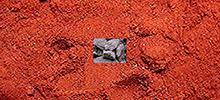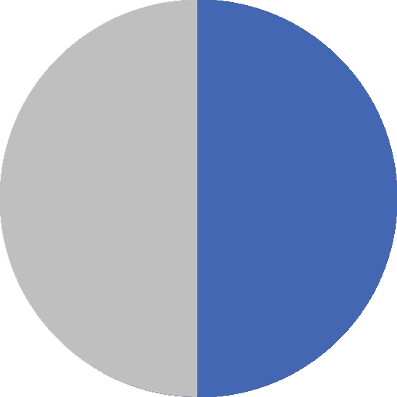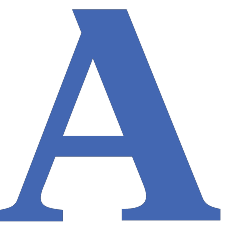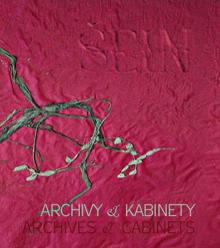Texts © Václav Cílek, Jan. K. Čeliš, Věra Jirousová, Miloš Šejn (ed.), Zuzana Štěpanovičová
Published by Museum of European Art in Liberec, 2012
ISBN 978-80-85050-95-0
Size: 120 pages, 26x23cm, czech and english, bounded
First edition: 2012
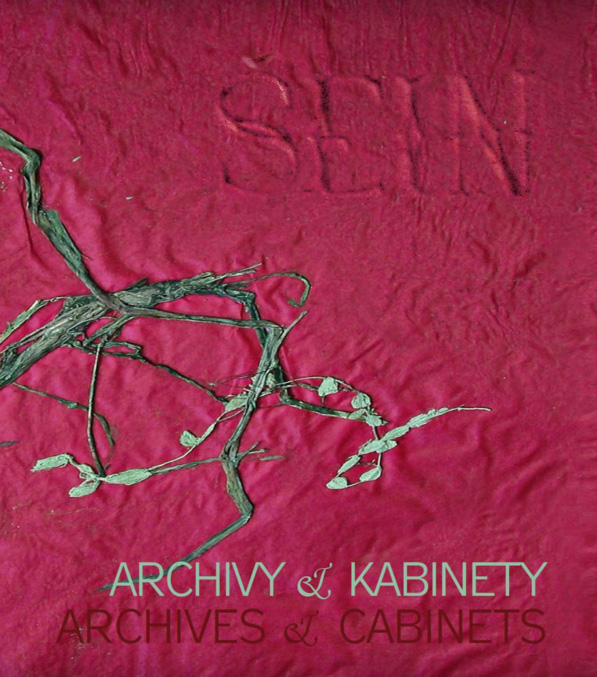
Text is as important in Miloš Šejn’s work as all the other media that can be called artistic, as Šejn is a visual artist; but his techniques include many activities – from ‘classic’ kinds like drawing, painting and photography to performance art that goes beyond the boundaries of shape, which is over and over again redefined by his work. Text appears in many forms. It might be part of a drawn message, inscribed in a picture in the page of an artist’s book or in a painting; it moulds itself into a bold or meticulous drawing and encryption, seeking a total grasp of reality, just like thorough, precise descriptions in the names of works or the commentaries on them. Besides photos and videos, these become a further or even the only imprint/record, as in the case of his body sculpture or other personal and intimate interactions with nature or public performances. As well as in drawings, artist’s books and other works of an interdisciplinary character, text takes on other forms in transcriptions/transformations of primary texts (created by ‘hand’), which are a continuation of work with the original written record, a reflection (reminiscence of a return) on authentic moments of creative activity in the natural environment as well as one of the ways of presenting his projects.
Presentation of own work is also one of the functions of the collection of texts called Fire of Archives and Cabinets of Heart, which is the core of this publication. Fire of Archives is something like the author’s selection from the essay “Life / Work / Experience,” written under the pen name Bohuslav Brosa in 2003 for a still-unpublished monography edited by Václav Cílek (the original title of the text was partially formulated on his suggestion). The essay is essentially a chronicle, extended by other authors’ writings, such as excerpts from diaries and other, independent texts combined with drawings and paintings. This is why I am saying “something like”, as ‘artist’s selection’ is not an entirely accurate description; a textual/pictorial collection is something alive, changeable, added to and re-shaped. The artist himself refers to this as a process, which means something that requires plasticity of the final shape and of the effort to achieve it, the tension between the wholeness and the fragment.
If I was to attempt to name this forever-changing textual whole, I would tease apart certain layers of meaning besides its appearance of a chronicle or a diary, or inside it. In particular, the moment of the writing as the identification of reality, or rather its description, but also including wonder at a moment instantly lost in time; the element of the text as an imprint left by an activity, as a trace in the mind, but also in a place; the moment of messaging, meaning the description of what has taken place, sometimes called a report; and also an acknowledgement of the cultural tradition of this structure, which goes back somewhere before the epoch of romanticism, maybe somewhere where art becomes self-awareness, where art is connected with life to such an extent that the two become almost inseparable. In this meaning of art, I may emphasize another important matter, which is somewhat difficult to define – the similarity between the character of the text and the rest of the work. I mean the parallel between what makes Miloš Šejn create text, and his work as an “archive of the senses”; the similarity between creating through immediate contact with reality and the way this process is recorded in text, which also does not lack the breath of existential vertigo. Common to both, and really to all this “cabinet of curiosities” piled on the shelves up to the ceiling of Šejn’s studio (of which a fragment is embodied in this one textual-pictorial cycle), is the effort to connect all means of grasping the totality of the world through oneself.
Published by Museum of European Art in Liberec, 2012
ISBN 978-80-85050-95-0
Size: 120 pages, 26x23cm, czech and english, bounded
First edition: 2012

Text is as important in Miloš Šejn’s work as all the other media that can be called artistic, as Šejn is a visual artist; but his techniques include many activities – from ‘classic’ kinds like drawing, painting and photography to performance art that goes beyond the boundaries of shape, which is over and over again redefined by his work. Text appears in many forms. It might be part of a drawn message, inscribed in a picture in the page of an artist’s book or in a painting; it moulds itself into a bold or meticulous drawing and encryption, seeking a total grasp of reality, just like thorough, precise descriptions in the names of works or the commentaries on them. Besides photos and videos, these become a further or even the only imprint/record, as in the case of his body sculpture or other personal and intimate interactions with nature or public performances. As well as in drawings, artist’s books and other works of an interdisciplinary character, text takes on other forms in transcriptions/transformations of primary texts (created by ‘hand’), which are a continuation of work with the original written record, a reflection (reminiscence of a return) on authentic moments of creative activity in the natural environment as well as one of the ways of presenting his projects.
Presentation of own work is also one of the functions of the collection of texts called Fire of Archives and Cabinets of Heart, which is the core of this publication. Fire of Archives is something like the author’s selection from the essay “Life / Work / Experience,” written under the pen name Bohuslav Brosa in 2003 for a still-unpublished monography edited by Václav Cílek (the original title of the text was partially formulated on his suggestion). The essay is essentially a chronicle, extended by other authors’ writings, such as excerpts from diaries and other, independent texts combined with drawings and paintings. This is why I am saying “something like”, as ‘artist’s selection’ is not an entirely accurate description; a textual/pictorial collection is something alive, changeable, added to and re-shaped. The artist himself refers to this as a process, which means something that requires plasticity of the final shape and of the effort to achieve it, the tension between the wholeness and the fragment.
If I was to attempt to name this forever-changing textual whole, I would tease apart certain layers of meaning besides its appearance of a chronicle or a diary, or inside it. In particular, the moment of the writing as the identification of reality, or rather its description, but also including wonder at a moment instantly lost in time; the element of the text as an imprint left by an activity, as a trace in the mind, but also in a place; the moment of messaging, meaning the description of what has taken place, sometimes called a report; and also an acknowledgement of the cultural tradition of this structure, which goes back somewhere before the epoch of romanticism, maybe somewhere where art becomes self-awareness, where art is connected with life to such an extent that the two become almost inseparable. In this meaning of art, I may emphasize another important matter, which is somewhat difficult to define – the similarity between the character of the text and the rest of the work. I mean the parallel between what makes Miloš Šejn create text, and his work as an “archive of the senses”; the similarity between creating through immediate contact with reality and the way this process is recorded in text, which also does not lack the breath of existential vertigo. Common to both, and really to all this “cabinet of curiosities” piled on the shelves up to the ceiling of Šejn’s studio (of which a fragment is embodied in this one textual-pictorial cycle), is the effort to connect all means of grasping the totality of the world through oneself.
